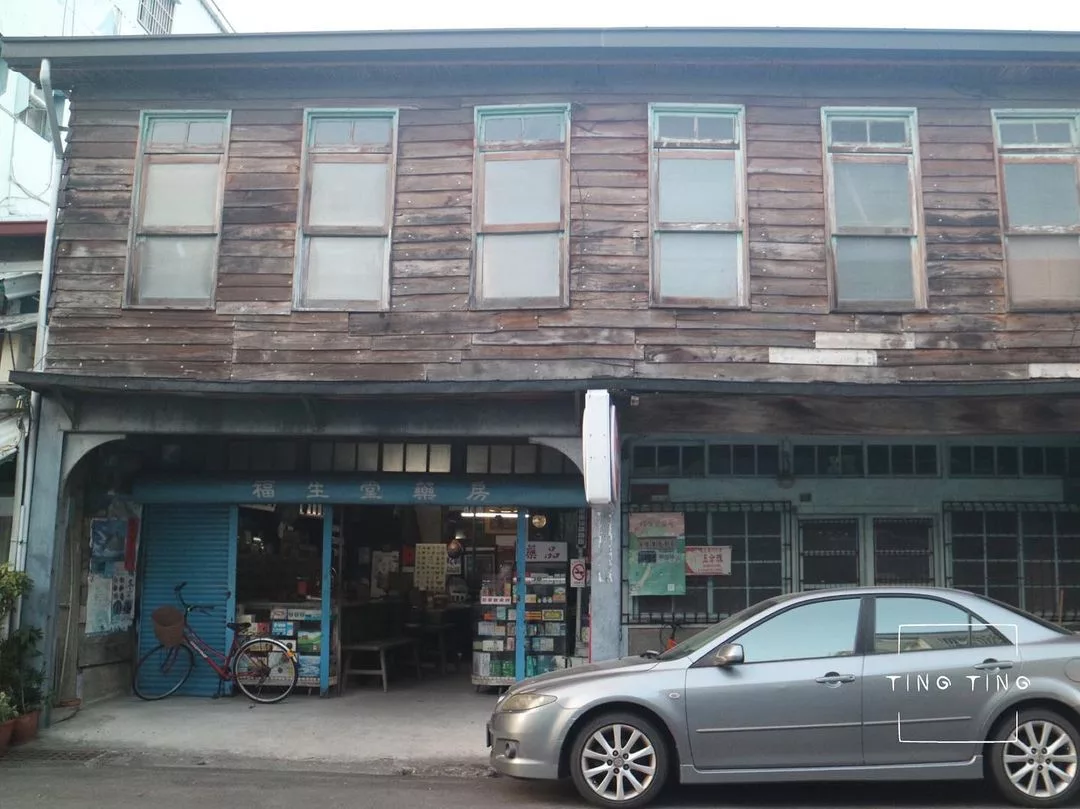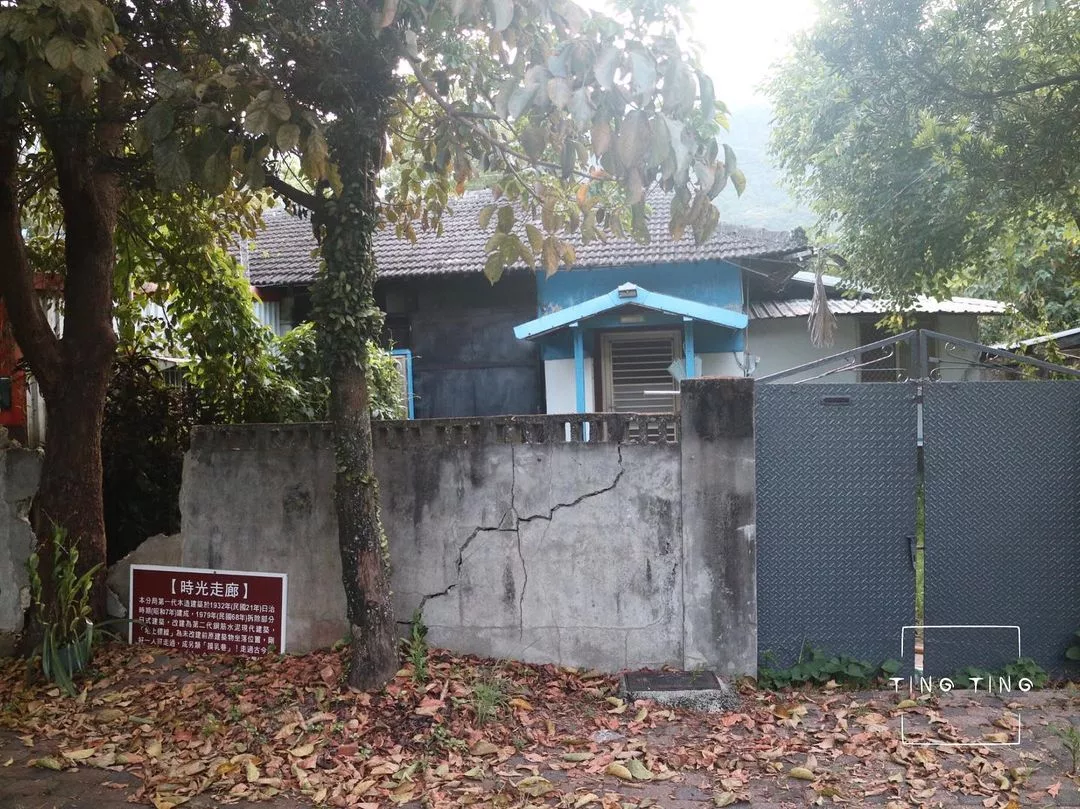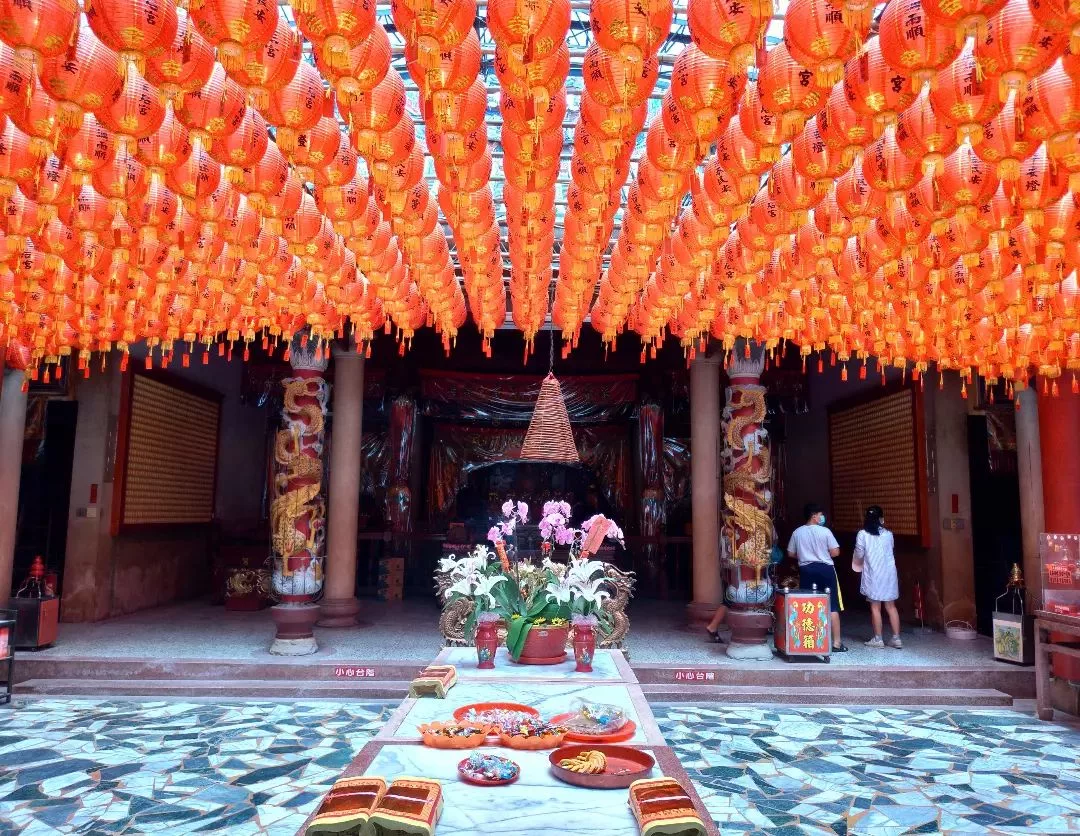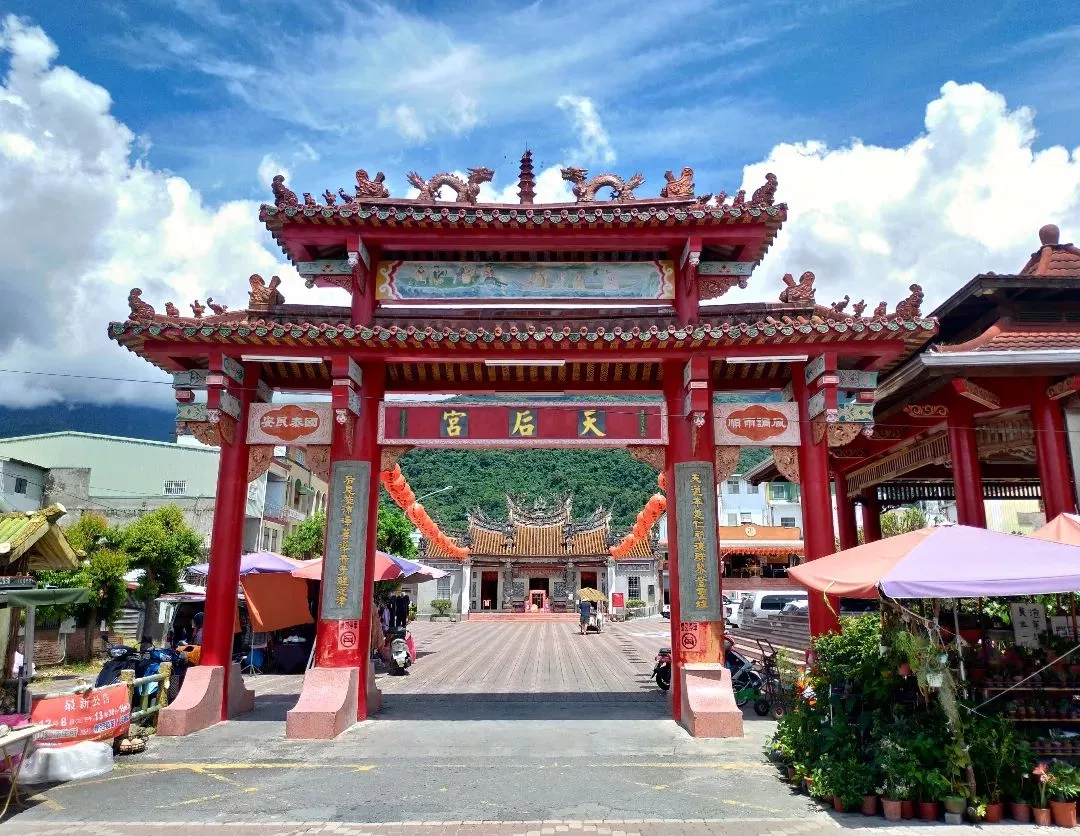Stroll Through the Historic Guanshan Township Old Street, Travel Down Memory Lane
At the mention of Guanshan Township, most people will think of endless rice paddies and humble farming villages. Not only is Guanshan Township the home of rice, but it was also an important town during the Japanese Occupation Period and many historic Japanese buildings remain standing today. You will find glimpses of our history tucked away in alleys and lanes. We’ve organized a map to stroll through the historic town of Guanshan which includes hidden gems that only the locals know of. Follow our footsteps and get to know Guanshan Township on a classic date with us.
Recommended for you: Huosheng Bakery, Crazy for Aiyu
Brief Introduction to Guanshan Township’s History
The Old Guanshan Town was once called Terateran. The Amis people gave the land this name due to the surrounding mountains and many boogie worms. The name was changed to Lilong Office during the Japanese Occupation Period, then it slowly became the center for administration, police, and commerce for northern Taitung. After the Restoration of Taiwan post-WWII, Guanshan Township continued to develop. The completion of the Guanshan Canal provided convenience for agriculture which led to Guanshan becoming the home of rice. Under the County Government’s promotion and assistance, Guanshan Township has become an important tourist destination along the East Rift Valley.
Lilong Station is the old Guanshan Train Station. The station began operation in 1922. At the time, the Guanshan Railways were mainly used to transport sugar cane. The original station was phased out in 1980 when the east coast railways were expanded and a new station was built. Lilong Station is the only remaining European-styled railway structure on the east coast that remains from the Japanese Occupation Period and it is one of the cultural heritage assets of Taitung County. The station is built like a Hokkaido residential building while the main structure uses western architectural styles. The combination of Japanese and European building styles created a structure with elegance and grace while also retaining the humble countryside qualities which attract visitors to come and reminisce about the elegance of the old station. You can also visit the Japanese-styled old buildings by the station which were the Guanshan Railway dormitories built in 1919. (Photo Credit:IG@taiwanting_fukuoka)
- Address: No. 6, Boai Rd., Guanshan Township, Taitung County
- Opening Time: 09:00–18:00 (Mon-Fri); 08:00–20:00 (Sat-Sun)
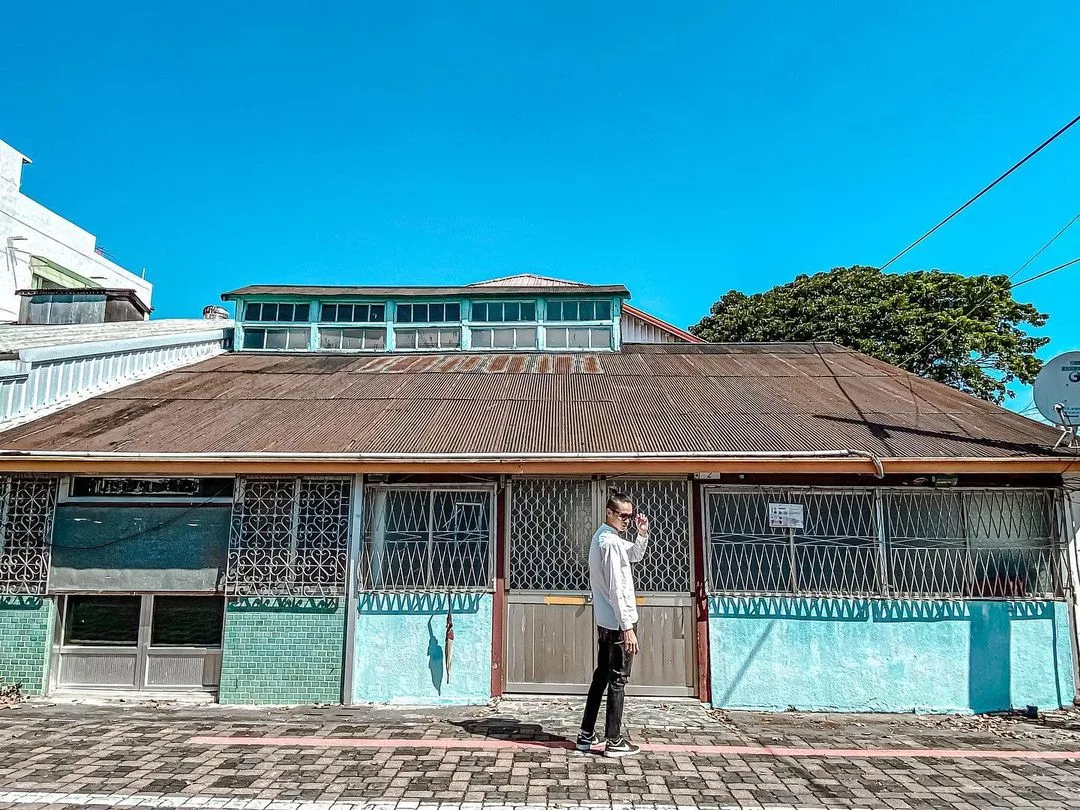
Next, let’s move on to the largest and most popular hotel and guest house in Guanshan Township which is right across from Lilong Station, Ka Bin Guest House. Ka Bin Guest House was built in 1940 and has witnessed the rise and development of Guanshan Township which makes it all the more valuable to Guanshan’s history and culture. Guanshan Township has played a vital role in transportation leading to industrial development post-WWII. The Guanshan Canal was completed in the ’60s and the construction of the Nanheng Highway began, bringing even more travelers through Guanshan Township. Ka Bin Guest House is located near the train station resulting in rooms often being at full capacity. The guest house is currently not open to the public, but the metal stud framing and wooden rooftop remain for those who want to get an idea of the prosperity of the old days. (Photo Credit:IG @mob_syuan0923)
- Address: No. 2, Boai Rd., Guanshan Township, Taitung County
Did you know that the famous and once-exported pain relief “Gobudama” was found and made in Guanshan Township? Fushengtang Pharmacy was one of the pharmacies that manufactured the Gobudama. Fushengtang Pharmacy, founded in 1920, was originally called “Yishengtang Drug Store”. At the time, it was the only pharmacy in the town and provided medication and relief for generations of residents of Guanshan. Fushengtang still has the Japanese mud-plastered wall built during the Japanese Occupation Period. Enter this classic and traditional pharmacy and you’ll find many familiar old medicine boxes that are sure to bring back childhood memories. (Photo Credit:IG@taiwanting_fukuoka)
- Address: No. 34, Zhongshan Rd., Guanshan Township, Taitung County
- Opening Time: 08:00–21:00
Guanshan Township built the first Police Historical Relic Museum in Taiwan to protect and keep aged police artifacts. There are many documents and police equipment from the Japanese Occupation Period displayed here. The Relic Museum is well-planned and complete, with a criminal equipment area, security equipment area, transportation equipment area, and more. Visitors will have the opportunity to see police service swords used during the Japanese Occupation Period, kerosene lamps from the post-war period, police officer uniforms from the ‘60s, and more. (Photo Credit:IG@taiwanting_fukuoka)
- Address: No. 27, Zhongzheng Rd., Guanshan Township, Taitung County
- Opening Time: 08:00 – 12:00、13:00 – 17:00、18:00 – 22:00 (reservation required)
Guanshan Township isn’t technically a coastal town, so why would there be a Tianhou Temple? This traces back to 1894 when loyal believers from Taichung brought a Matzu statue and worshiped the statue with other followers, leading to a growing population of believers. Donations finally resulted in the building and completion of the temple in 1930. Tianhou Temple is one of the most historic temples in Taitung and it is also the center of many believers’ faith. The temple is on over 14000 square feet of land. There is a large pavilion at the entrance and the temple has two halls with gable roofs. The temple has a grand layout with stages and bell pavilions on either side of the main structure. Tianhou Temple is always filled with crowds of people every time there are sacrificial ceremonies or important festivals, it is truly a spiritual symbol of Guanshan Town. (Photo Credit:IG@huang.hsin.wen)
- Address: No. 1, Lane 2 Zhonghua Rd., Guanshan Township, Taitung County
- Opening Time: 05:00–21:30






